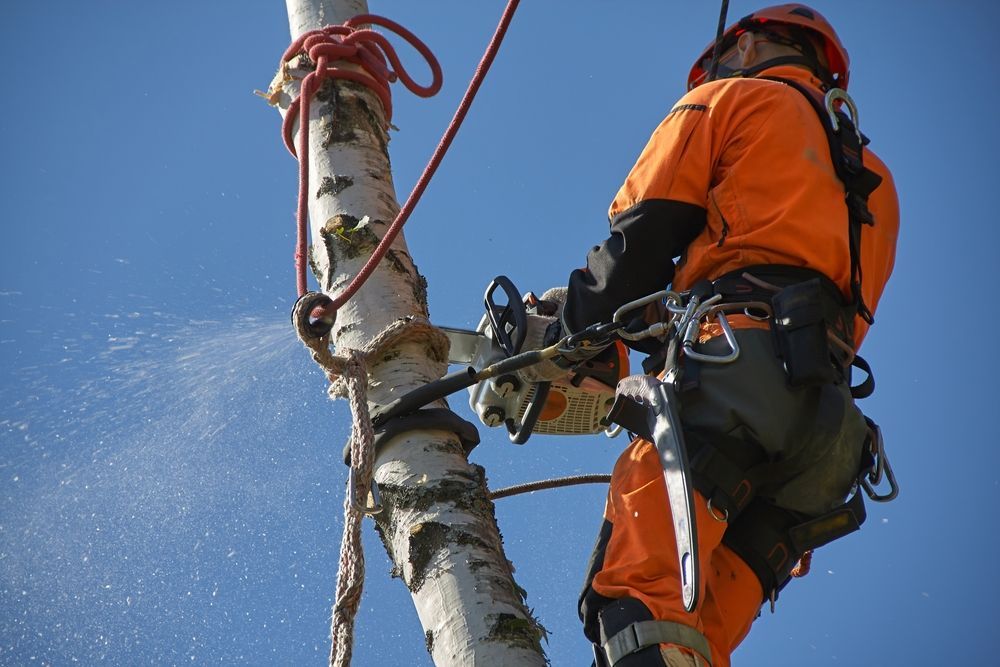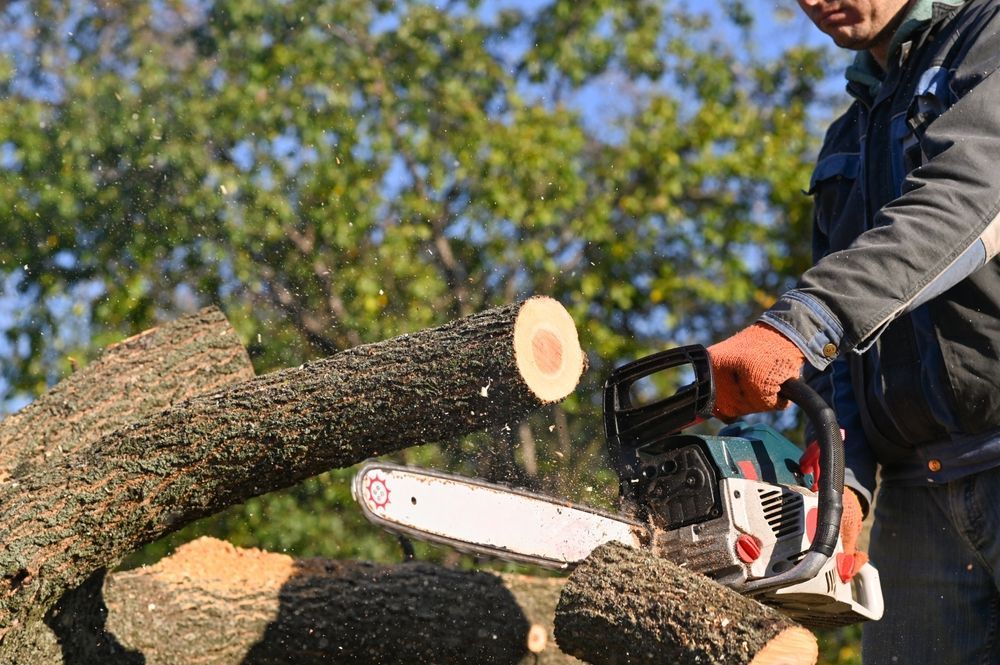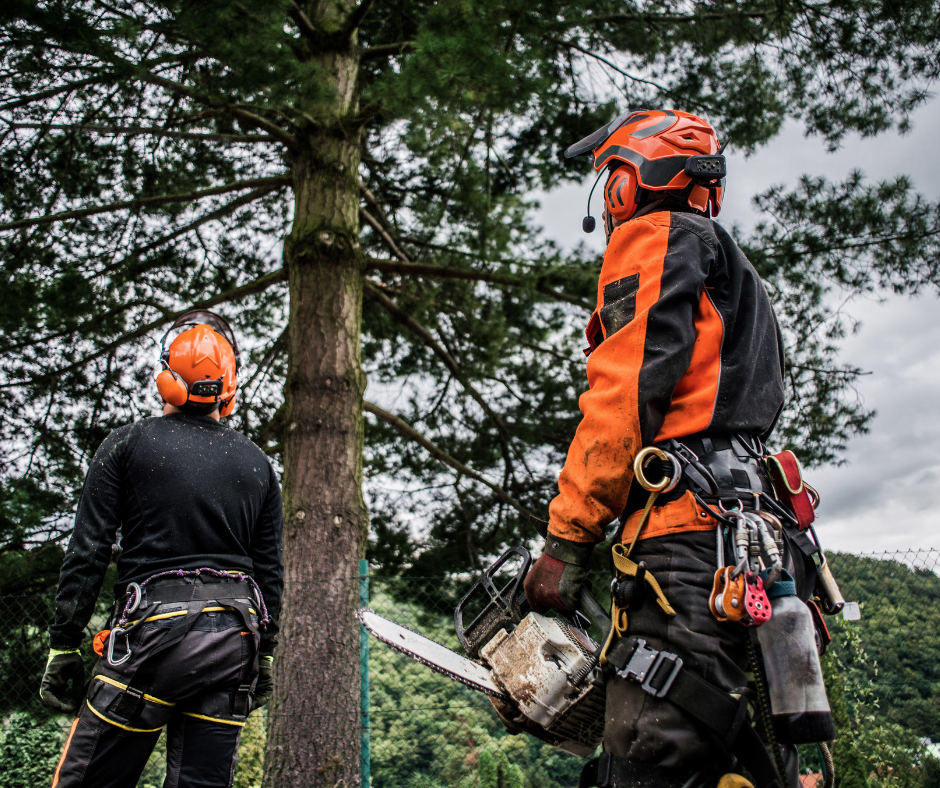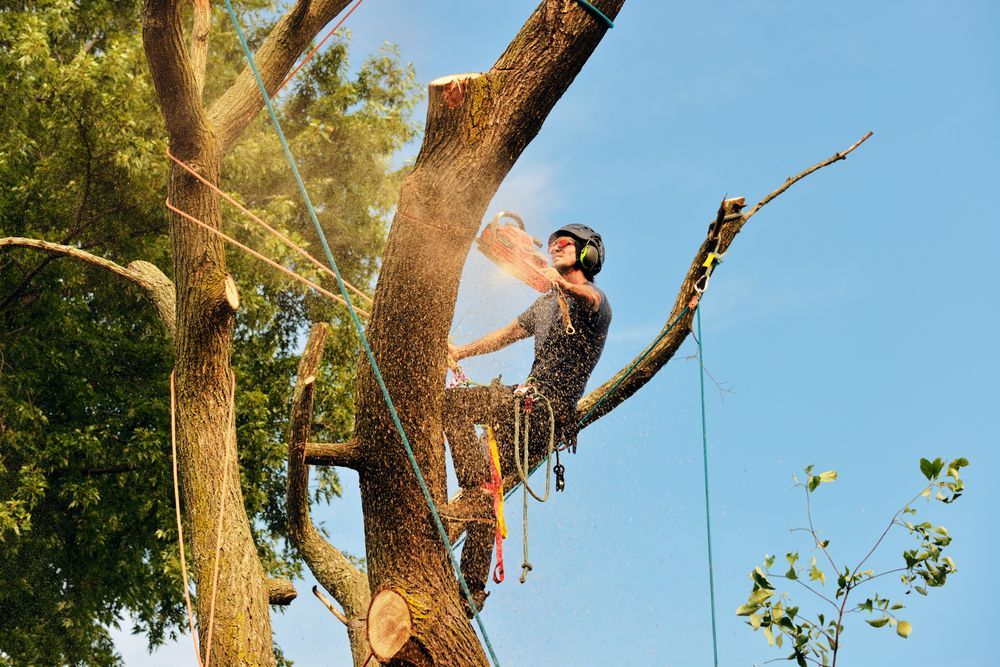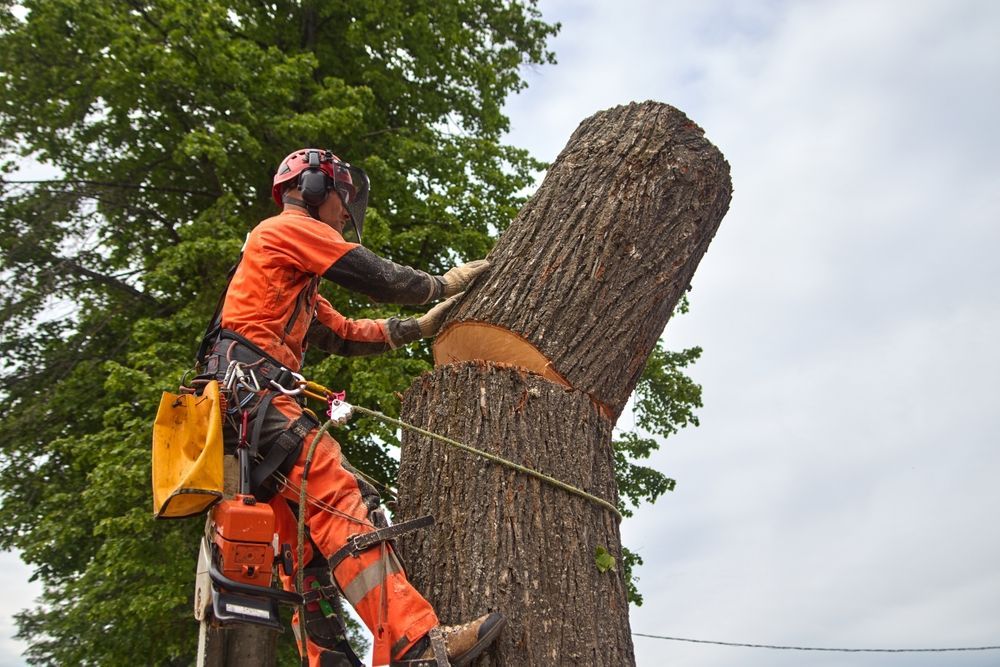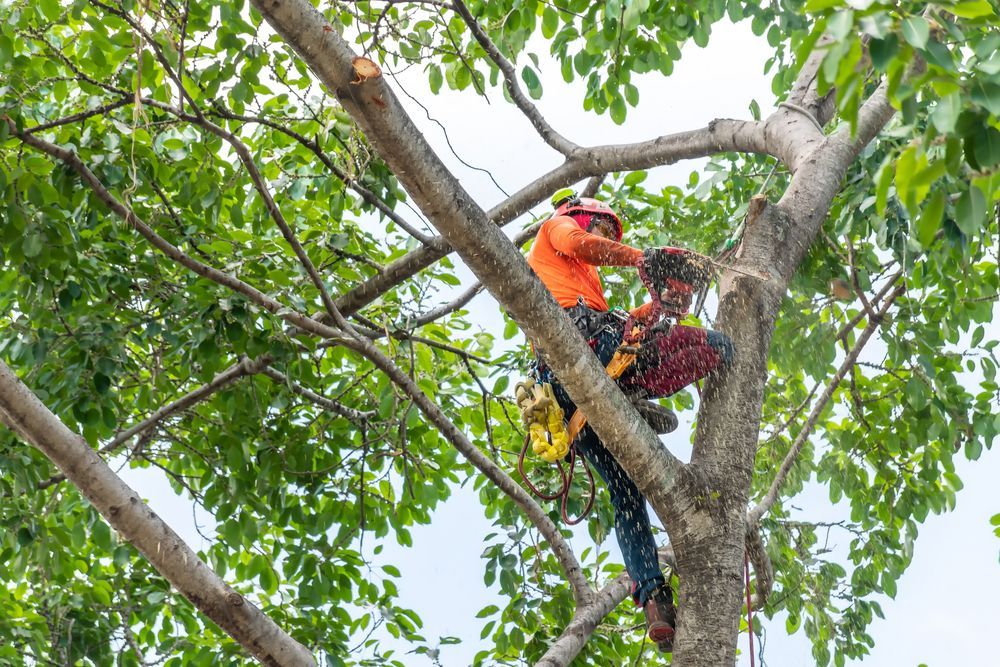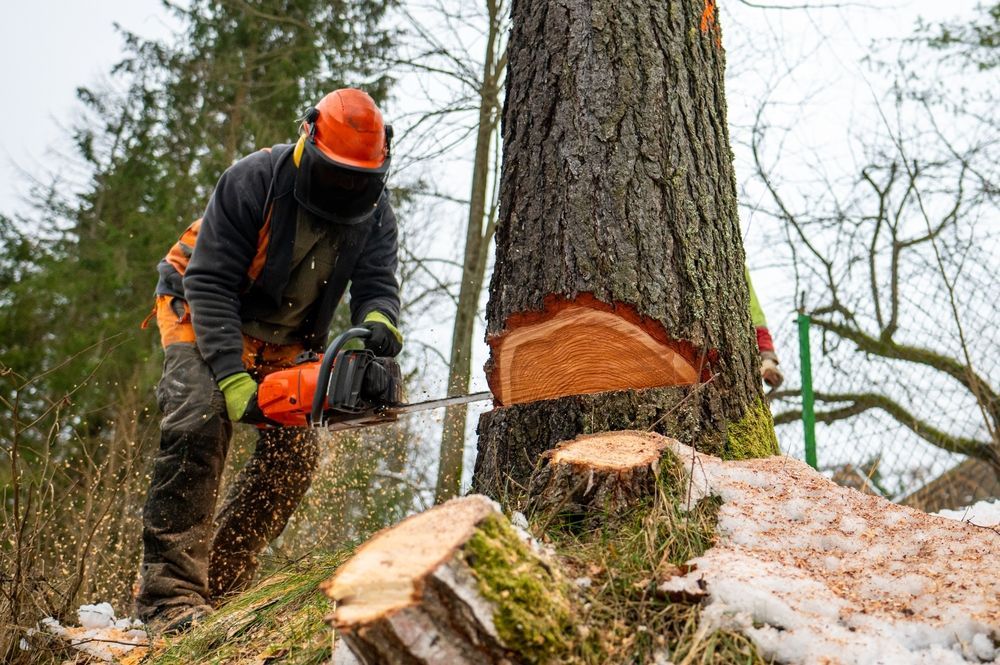What Is A Canopy Lift?
Understanding the Canopy Lift: Enhancing Tree Health and Aesthetics
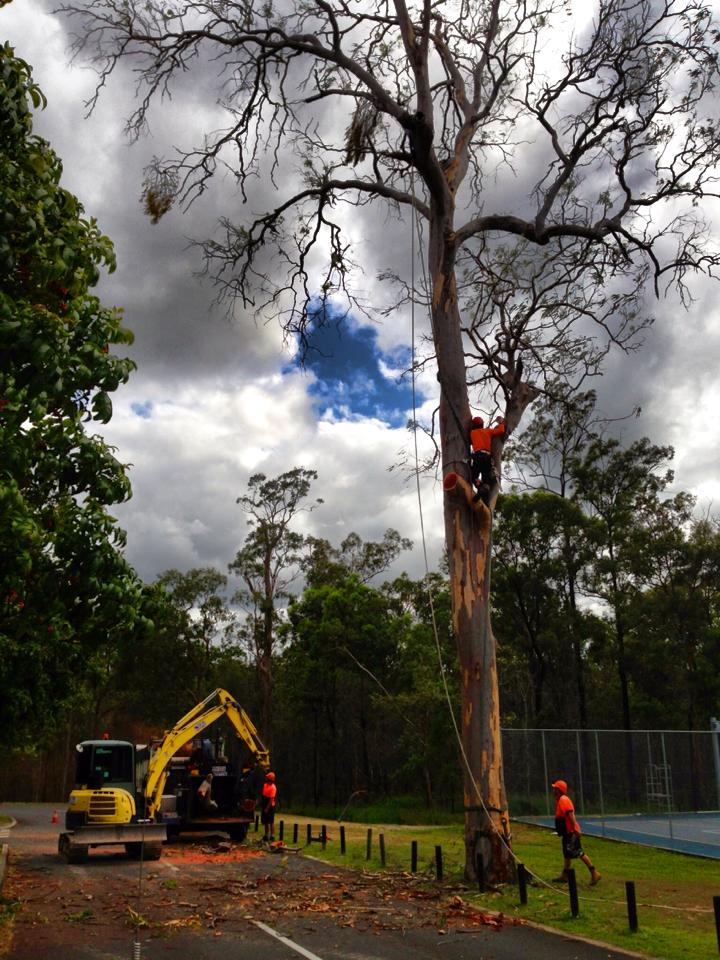
When it comes to tree services , there are various techniques and practices aimed at promoting tree health, longevity, and enhancing the overall aesthetics of our surroundings. One such technique is the canopy lift. In this article, we will delve into what a canopy lift is, its purpose, and the benefits it brings to both trees and the environment.
Defining the Canopy Lift: A canopy lift, also known as crown lifting or crown raising, is an arboricultural practice that involves selectively removing lower branches from a tree's crown. This technique is typically employed to create vertical clearance beneath the tree's canopy, allowing for increased space and improved visibility in urban areas or landscapes.
The Purpose and Benefits:
- Clearance and Accessibility: Canopy lifting is often employed in urban settings where trees need to coexist harmoniously with infrastructure such as buildings, roads, and walkways. By raising the crown, it provides ample clearance for pedestrians, vehicles, and structures, reducing the risk of obstructions and potential hazards.
- Light Penetration: As trees grow, lower branches may block sunlight from reaching the ground beneath the tree. Canopy lifting opens up space, allowing natural light to filter through to lower levels, benefiting the growth of other plants, shrubs, or grasses in the vicinity.
- Aesthetic Appeal: Canopy lifting is also employed to enhance the visual appeal of trees. By removing lower branches, the tree's structure becomes more defined, and its form can be showcased. This practice can be particularly useful for specimen trees, creating a balanced and pleasing silhouette.
- Tree Health and Vigor: By selectively removing specific branches, the tree's overall health can be improved. Canopy lifting allows for better air circulation and reduces the risk of fungal infections or diseases, as it enhances light penetration and reduces the potential for moisture buildup.
Canopy Lift Best Practices :
- Pruning Methods: The branches selected for removal should be carefully chosen, considering their size, condition, and impact on the overall tree structure. It is recommended to engage a professional tree lopping service company with expertise in tree care to carry out the pruning.
- Timing: Canopy lifting is typically performed during the dormant season, such as late winter or early spring, when the tree is less susceptible to stress and diseases. However, it's important to note that specific species may have different requirements, so consulting with an arborist is advisable.
- Health Assessment: Before undertaking a canopy lift, it is crucial to assess the overall health of the tree. Any signs of decay, pests, or structural weaknesses should be addressed to ensure the tree's well-being and safety.
The canopy lift technique is a valuable tool in arboriculture that serves both practical and aesthetic purposes. By selectively removing lower branches, it creates clearance, improves light penetration, enhances the tree's visual appeal, and promotes overall tree health. However, it is important to approach canopy lifting with care and consult professional arborists to ensure proper execution and safeguard the long-term vitality of our beloved trees. If you think your tree could benefit from a canopy lift - contact the team at GDE Tree Services to arrange a free quote. 🌿🌲 #TreeCare #ProfessionalTreeLopper #GDETreeServices #brisbaneTreeLopper #TreeServicesBrisbane

